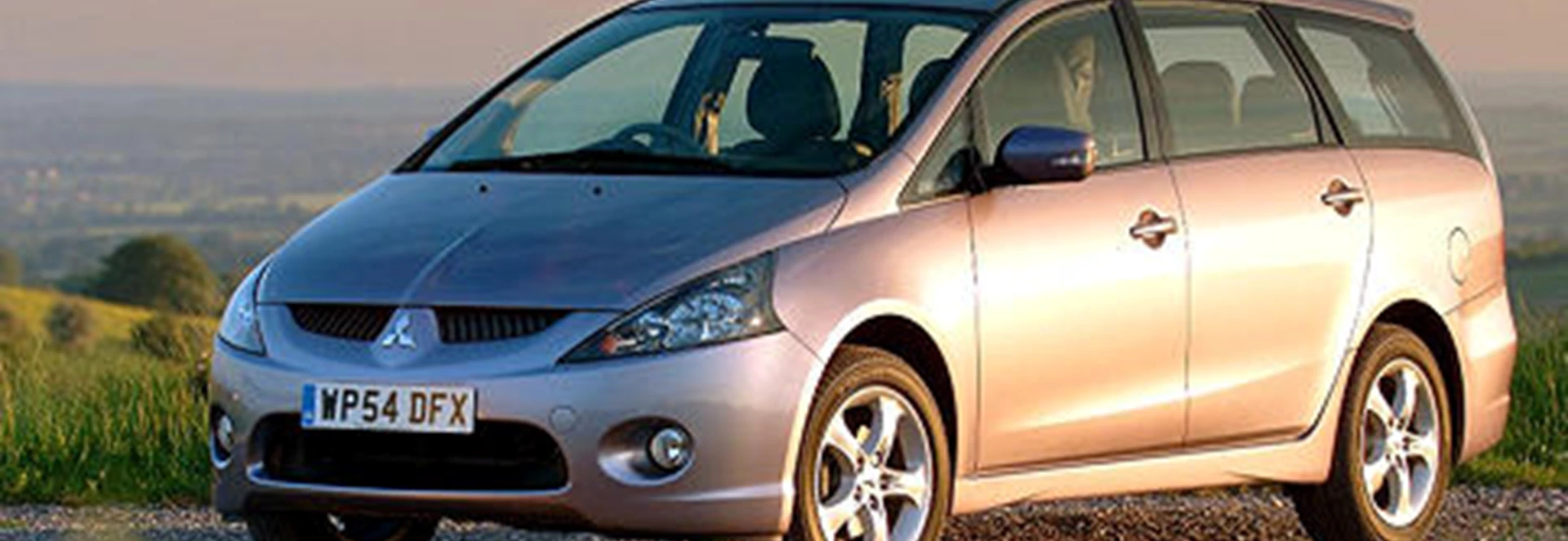If I had kept the Grandis test car for a full year and continued driving it at the same rate, I would have put an extra 50,000 miles on the clock before Mitsubishi saw it again. That might not have gone down too well, and my enthusiasm would certainly have started to wane, but it wouldn't have been too much of an imposition. The Grandis DI-D is one of those cars in which you set out on a long journey with the confident feeling that you won't be too fatigued by the time you reach the tea and buns awaiting you at the other end.A great deal of the credit for this goes to the engine, which as you'll know if you read our launch report isn't actually a Mitsubishi unit at all. It's the two-litre turbo diesel built by Volkswagen and fitted to a wide range of VW Group products.There can be no argument against this. It's a wonderful unit, generally one of the best features of any car that uses it. It has enough power to make even so substantial a vehicle as the Grandis perform smartly, yet without excessive use of fuel - over 40mpg, as achieved in the official economy test, is easily within reach.It's reasonably quiet, too, though I'm glad I've had another opportunity to check this. The first time I drove a diesel Grandis was on a Mitsubishi press event, and the car I drove before that - an hour and a good lunch previously - was the Lancer Evo IX FQ-340. The Evo is one of the noisiest cars you can buy, and after roaring and howling round the countryside in that I was bound to find the Grandis refreshingly peaceful by comparison.I'm happy to say that, judged on its own, the Grandis is still softly-spoken. The diesel engine barks into life first thing in the morning, but when warmed up and cruising along main roads it calms down nicely. Road and wind noise are well suppressed too, so you're unlikely to hear a ringing noise in your ears at the end of a trip unless you've been playing CDs too loudly.Many other factors contribute to a stress-free environment. The steering is light but still gives a feeling that you're in touch with what's happening on the road. The gearlever is beautifully placed on the dashboard, a wrist-flick away from your left hand. The handling is precise enough to let you skim along country roads without putting unreasonable effort into each corner. And although the seats are not the most comfortable I've ever used, they're good enough.By "the seats" I mean all seven of them. Other cars which claim to be able to hold as many occupants can not realistically cater for more than four adults without major compromises - particularly in the matter of legroom - but the Grandis can.The test car was in Equippe trim, which means it's probably going to be something of a rarity if Mitsubishi's own sales predictions are anything to go by. Standard equipment includes cruise control, stability control, traction control and two sunroofs (none of them available on the entry-level Classic), but crucially not leather upholstery. The only difference between this car and the Elegance is that the latter does have leather, and Mitsubishi reckons this will make it sell four times better than the Equippe. It will probably help residual values too.But you can decide that one for yourself. The main point is that this is a large, practical car, more fun to drive than its looks perhaps suggest and an easy companion on long journeys. And the point I made at the launch still stands - there remains the option of a Grandis in the original 2.4-litre petrol form, but why on earth would you consider it now that the diesel is here? Engine 1984cc, 4 cylinders Power 134bhp Transmission 6-speed manual Fuel/CO2 42.8mpg / 176g/km Acceleration 0-62mph: 10.8 seconds Top speed 121mph Price £21,599 Details correct at publication date

Our Rating



